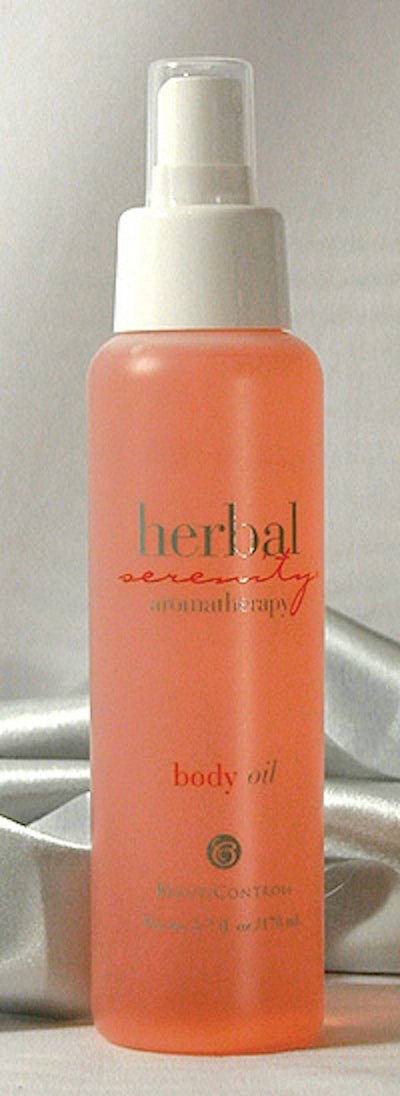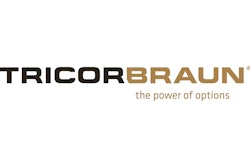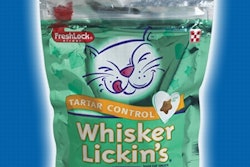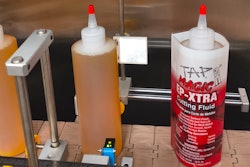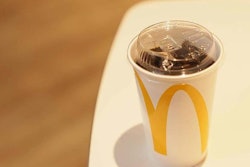For a long time, Herbal Serenity Body Oil from BeautiControl had been filled into a clear squeeze bottle topped by a flip-top disk closure and sold by the company’s nationwide network of beauty consultants. Then the Consumer Product Safety Commission decreed that products containing 10% or more of hydrocarbon emissions had to have child-resistant closures (see: packworld.com/go/C084).
“When we realized that our body oil product met the threshold of the regulation, we wanted to look at a remedy that would not only be functional, but also something that would be even more attractive than what we had been using,” says Don Walden, director of package engineering for the Carrollton, TX, maker of beauty products. “For a while, it was chaos around here as we looked at options,” he admits.
Even worse, the options were rather limited. The company essentially considered three alternatives: one, using a disk-top cap that might meet the CPSC regulations; second, using a standard pharmaceutical-type push-down-and-turn closure; or third, trying to find something completely new that would meet its needs.
Finding a disk-type cap that would be compliant would have been acceptable, Walden says, but it wouldn’t have met the goal of being more attractive. The push-down-and-turn closure was not only unattractive for a beauty product, but it would also have required an orifice reducer like a plug.
At about the same time, TricorBraun was already working on ways to make spray dispensers nonremovable and in compliance with the CPSC regulation. A local representative first brought in some brochures about its SprayGuard™ collar for pumps.
BeautiControl was intrigued with this approach and began to do some testing. Later, TricorBraun delivered some samples in a 24/410 size that would fit the existing bottle.
This was after the supplier had done some third-party testing.
“We showed the collar with spray dispenser to our marketing people, and they liked the idea of a spray dispenser,” Walden says. Once the closures were manufactured, TricorBraun had them tested and they passed with flying colors. In essence, the collar secures a spray pump in place and makes it extremely difficult to remove so that it passed CR protocols.
Relatively few changes
Even better for BeautiControl, the new solution required almost no changes either in the bottle or in the packaging line.
To go along with SprayGuard, BeautiControl researched pump dispensers and selected the Euromist Technical sprayer from SeaquistPerfect Dispensing. The company had already used a Euromist Classic sprayer for some other, thinner products it makes. The Technical model, Walden says, was superior for the heavier body oil product.
“We didn’t have to make any formula changes to the product because the Technical model dispenser worked well for this product. It’s designed to be used with aggressive formula products and atomize them into a fine mist,” says Walden. “No changes were required for bottle threads to accept the pump and collar. The only extra requirement is the maintenance of a specific application torque for the collar so that, when snapped securely on, it just spins. That’s what prevents a child from removing the sprayer head,” he adds.
The other change for BeautiControl is that each piece, collar and pump, come in unassembled. “We assemble them on-line by hand,” Walden says. “Our workers first apply the pump with the proper torque and then snap on the collar as the final step, also with the appropriate torque.”
To better ensure proper seating of the SprayGuard collar, TricorBraun adds an extra gasket to the collar, says Roger Allen, the BeautiControl account manager at TricorBraun. “It was fortunate that our collar had the right finish for their bottle,” he says. “It made a lot of sense for them.”
Meeting objectives
What was most impressive to Walden was how this answer met all of the company’s goals for the package change. “Our marketing people felt this solution was attractive, certainly more so than a disk-type cap. But the pump and collar also add dispensing, so they’re more functional than what we had before. And finally,” he says, “it meets the CPSC requirements.”
The company had one other product that was subject to the new CPSC rules, Walden says. “For that product, we’ve tentatively shifted to one of the push-down-and-turn caps. But we’re now in the middle of modifying the product formula. Later this year, it will no longer be subject to the regulations.”
The closure solution for Herbal Serenity Body Oil is, Walden admits, a little more expensive than a single-piece closure. “But everyone here thinks it’s worth the extra cost because it adds so much more appeal to the product.”
When asked about the container’s taller profile and the effect on secondary packaging, Walden says it had no effect. “We sell through our beauty consultants, so every order we ship is a custom order. We size our outbound shippers for some of our tallest packages,” he says. To compensate for void areas, Walden says, the shippers are topped off with a foam dispensed into them that helps immobilize even smaller containers.
